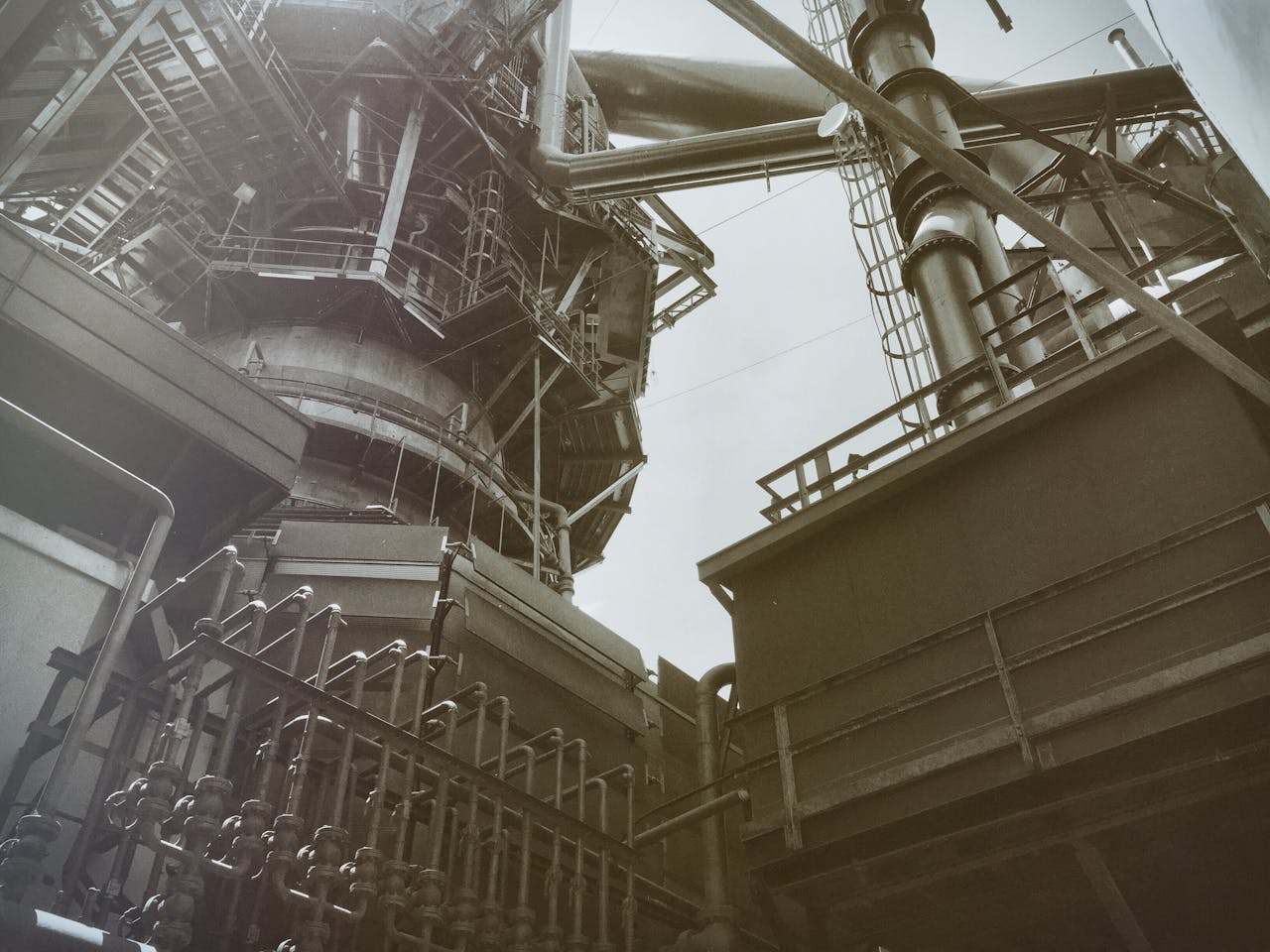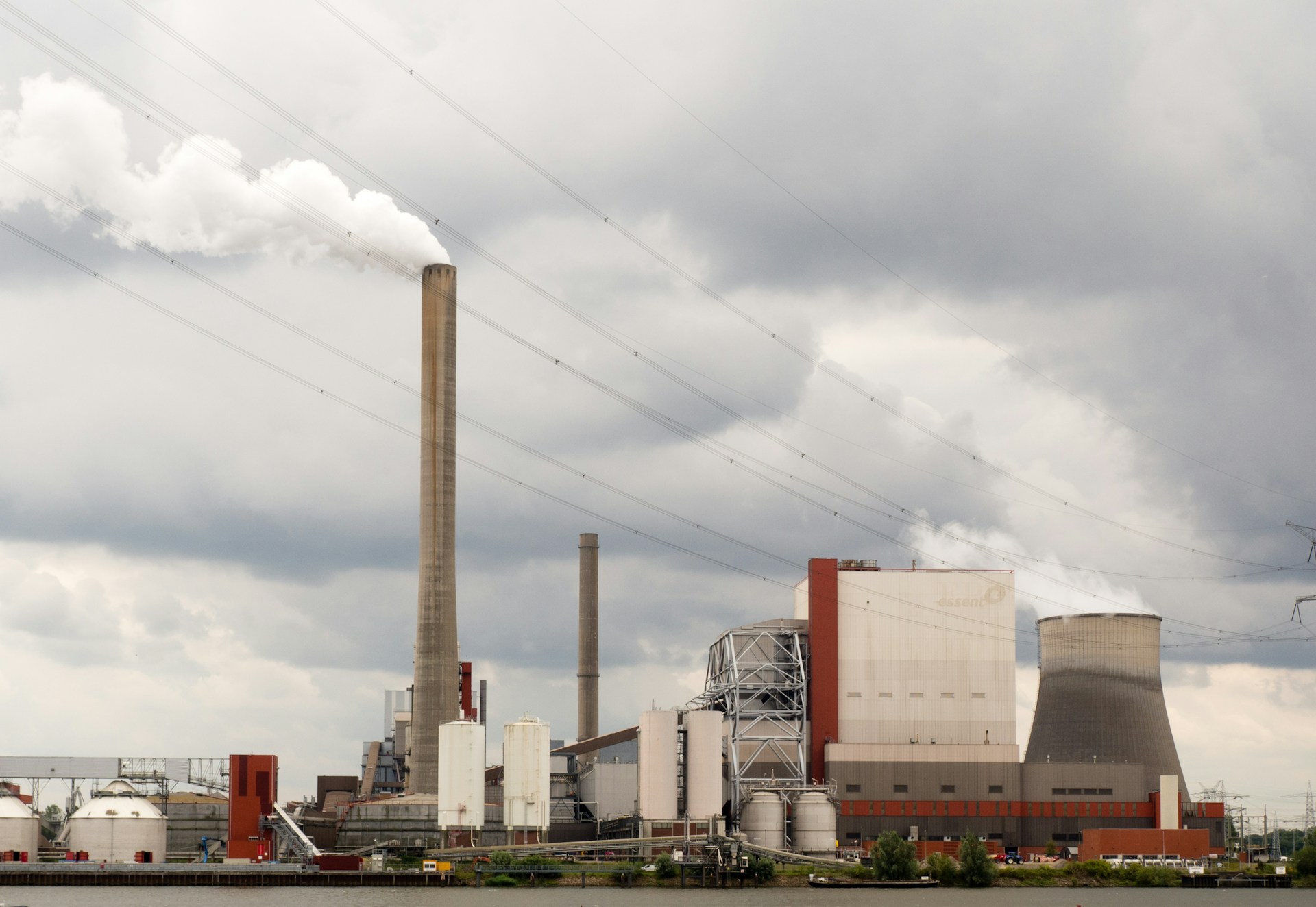
When it comes to industrial system efficiency, PTFE expansion joints stand as the cornerstone of reliable operations.
These essential components play a pivotal role in maintaining system integrity while accommodating thermal movement, vibration, and misalignment across diverse industrial applications.
The Evolution of Industrial Expansion Solutions
Modern industrial facilities face increasingly complex challenges, from aggressive chemical environments to extreme temperature fluctuations.
PTFE expansion joints have revolutionized how we approach these challenges, offering unparalleled chemical resistance and flexibility that traditional materials simply cannot match.
Understanding PTFE’s Superior Properties
PTFE’s remarkable characteristics make it the material of choice for demanding industrial applications.
Its exceptional chemical resistance allows it to handle corrosive media that would deteriorate other materials.
The non-stick properties prevent material buildup, ensuring consistent performance and reduced maintenance requirements.
Temperature tolerance ranging from -350°F to +500°F makes PTFE expansion joints versatile enough for various process conditions.
Integration Strategies for Maximum Performance
Successful implementation of PTFE expansion joints requires careful consideration of several factors.
System designers must evaluate operating conditions, including pressure requirements, temperature fluctuations, and chemical exposure.
Proper sizing and configuration are crucial for optimal performance.
Engineers must account for both axial and lateral movement while ensuring the expansion joint can handle the system’s specific demands.
Installation Best Practices
Professional installation is paramount for achieving maximum service life from PTFE expansion joints.
Proper alignment during installation prevents uneven stress distribution and ensures optimal performance.
Regular inspection protocols should be established to monitor joint conditions and prevent potential issues before they escalate.
Maximizing ROI Through Strategic Implementation
The initial investment in high-quality PTFE expansion joints pays dividends through:
- Extended service life
- Reduced maintenance requirements
- Improved system reliability
- Lower operational costs
Custom Solutions for Specific Applications
Every industrial system has unique requirements, and one-size-fits-all solutions rarely provide optimal results.
Working with experienced manufacturers allows for customized PTFE expansion joint solutions that perfectly match specific application needs.
This tailored approach ensures better performance and longer service life while minimizing potential compatibility issues.
Future-Proofing Industrial Systems
As industrial processes continue to evolve, the demands placed on system components increase.
PTFE expansion joints provide the flexibility needed to adapt to changing requirements while maintaining system integrity.
Their superior performance characteristics make them an ideal choice for facilities looking to future-proof their operations.
Quality Assurance and Certification
Reputable manufacturers maintain strict quality control processes throughout fabrication.
Each PTFE expansion joint undergoes rigorous testing to ensure it meets or exceeds industry standards.
Proper certification documentation provides peace of mind and regulatory compliance.
Take Your System Performance to the Next Level
Don’t let subpar expansion joints compromise your industrial system’s efficiency.
Contact Zepco’s expert team today to discuss how our premium PTFE expansion joints can enhance your operation’s performance and reliability.
Our experienced engineers will work with you to determine the optimal solution for your specific needs, ensuring seamless integration and maximum system efficiency.
Let’s elevate your industrial processes together with superior PTFE expansion joints that deliver unmatched performance and durability.
Call +1-864-428-8243 or visit our website to schedule your consultation today and learn more about our comprehensive range of expansion joint solutions.

